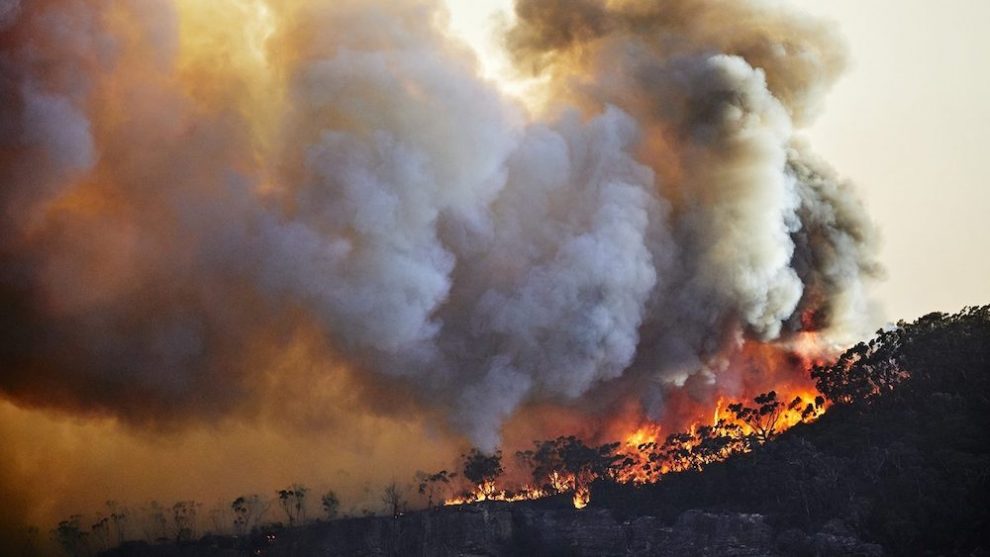Rebuilding Australia’s tourism industry following the recent catastrophic bushfire season if of utmost importance and will be a huge challenge, but what can the average Australian do to support those communities now in recovery mode? Lonely Planet’s travel expert Chris Zeiher shares his tips on what you can do.
In the wake of the tragic bushfire season of the summer of 2019/2020, Prime Minister Scott Morrison has been quoted as saying that the tourism crisis facing Australia is “the biggest challenge in living memory”. But what can Australian’s do to help those areas in need of tourists?
Currently, there’s much talk in the media about the need for Australians to travel locally and spearhead a “recovery” tourism initiative. The Australian Tourism Industry Council has suggested that it will take “hundreds of millions of dollars” to overcome this crisis as the impact has rippled beyond the regions horribly impacted by the fires to the entire continent.
Tourism employs approximately one in 13 Australians, and with booking cancellations reported in Central Australia, north-west Western Australia, and islands in and along the Great Barrier Reef, the call to action for Australians to travel at home has never been so important.
The South Australian Tourism Commission has been quick to respond to the crisis by creating a “challenge” style campaign encouraging and promoting tourism to the fire-impacted regions of the Adelaide Hills and Kangaroo Island. The #bookthemout campaign demonstrates how every dollar spent within that micro-community will assist with recovery of the region overall.
So, what can you do to help with this recovery tourism initiative?
- Make 2020 the year you “holiday at home”. For instance, replace one “big” overseas holiday with a series of micro or smaller trips in Australia.
- Visit that place in Australia you’ve always talked about going to but never gotten around to seeing – maybe it’s wining and dining in glorious Margaret River, camping under the stars in the Flinders Ranges or driving the Great Ocean Road.
- Choose local – stay at locally owned or operated accommodation, eat at local restaurants, visit local galleries and museums, buy locally-made souvenirs and produce. By spending locally, your travel dollars will stay in these communities and assist in their recovery.
- Check state and territory tourism sites for updates on how and when to travel to fire-impacted regions. The status for travel into these regions is constantly changing, so it’s best to check with these resources prior to travelling.
- Call tourism providers – check in with them to see if they’re open for business.
- Support local producers by sourcing products from fire-impacted regions. Sites such as Buy from the Bush (https://www.facebook.com/buyfromthebush/) showcase artisans and produce from fire-impacted regions.
- Spread the word – encourage friends and family to do the same.























Add Comment